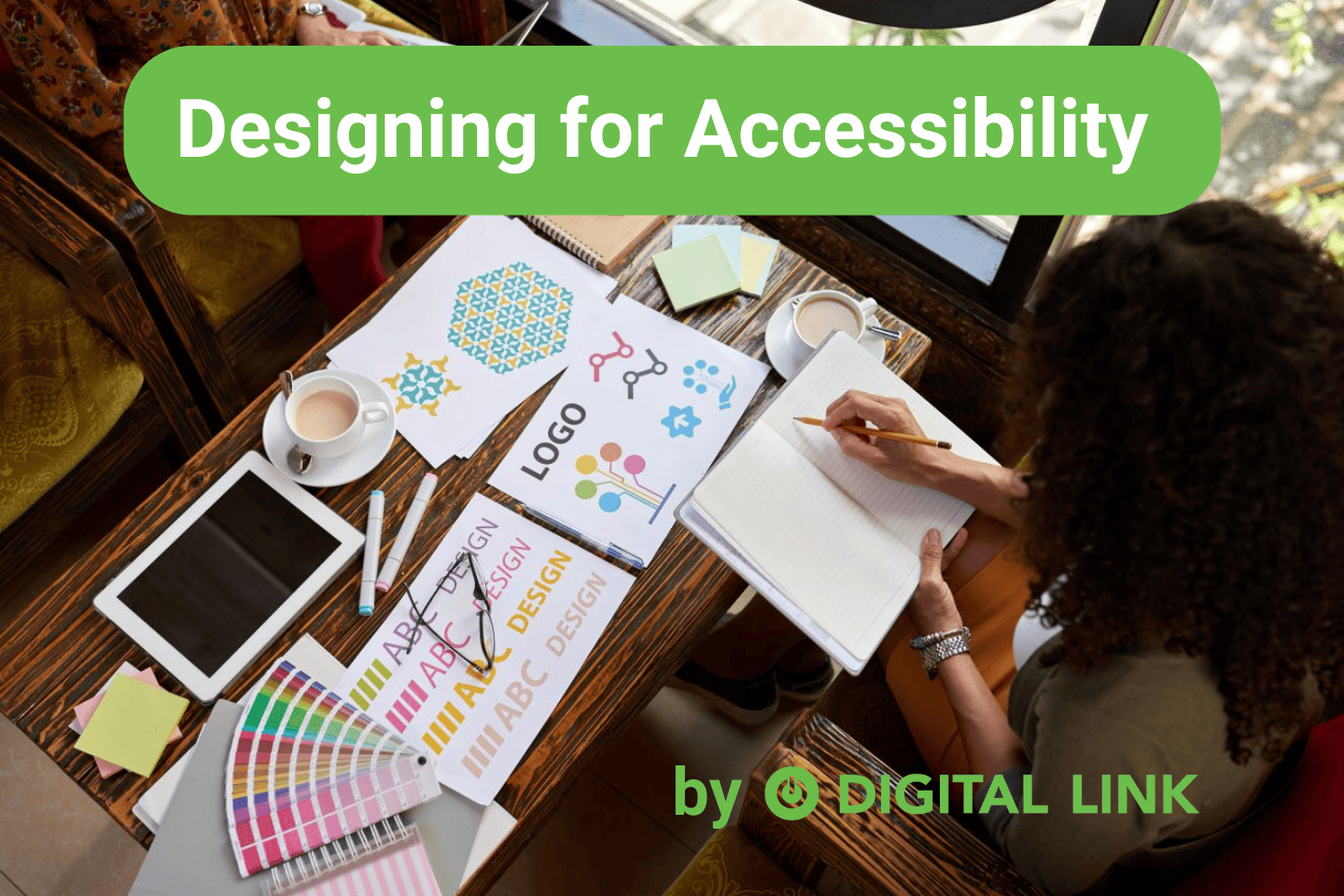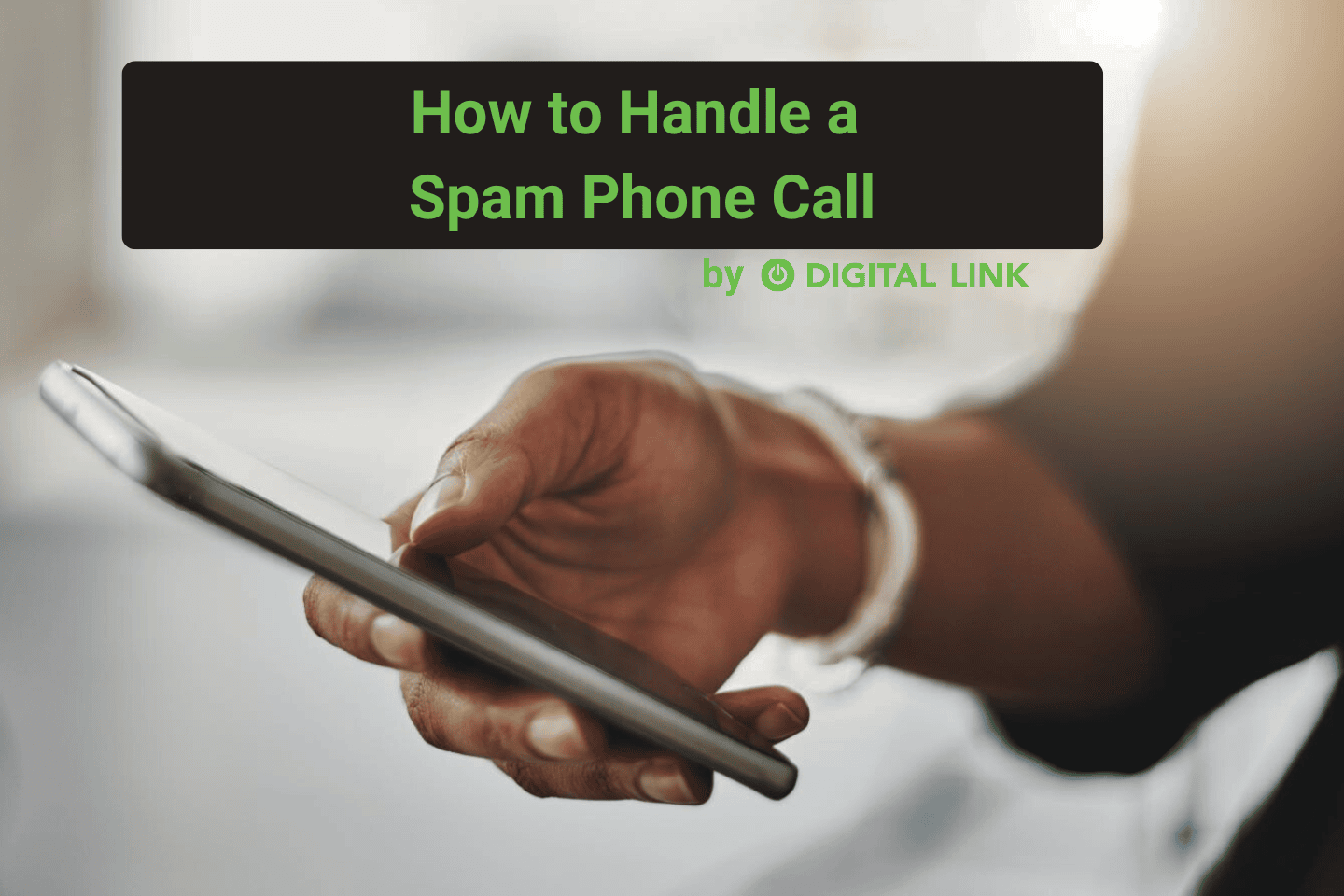
Designing for accessibility is not just a good practice; it’s a necessity. With millions of people worldwide relying on accessible content to navigate the web, create, and communicate, ensuring that your design is inclusive is both a matter of ethics and efficiency. Accessible design ensures that everyone, including people with disabilities, can access, understand, and interact with your content. Here are some best practices for designing for accessibility:
1. Use Sufficient Contrast
For those with visual impairments, including color blindness, contrast is key. Ensure that text stands out against its background, making it easier to read. The Web Content Accessibility Guidelines (WCAG) recommend a contrast ratio of at least 4.5:1 for normal text and 3:1 for large text.
2. Consider Color Blindness
Avoid using color as the only way to convey information. For instance, if you’re using red to denote errors in a form, also include an icon or text label. This practice ensures that information is accessible to people who have color vision deficiencies.
3. Use Large, Legible Fonts
Text size and legibility are crucial for readability. Use fonts that are easy to read and make sure the default text size is large enough. Allow users the option to increase text size as needed without breaking the layout of your site or app.
4. Provide Alternative Text for Images
Alt text allows screen readers to describe images to users who can’t see them. Providing descriptive alternative text for images, especially those that convey information, ensures that all users have access to that information.
5. Ensure Keyboard Navigation
Many users rely on keyboards, rather than a mouse, to navigate content. Ensure your website or app can be fully navigated using keyboard commands alone. This includes providing a logical tab order and keyboard-accessible controls.
6. Design Accessible Forms
Forms are often necessary for users to complete actions online. Ensure each form field is labeled correctly, provide clear instructions, and use fieldsets and legends for grouped elements. Error messages should be specific and guide users on how to correct their inputs.
7. Include Closed Captions and Transcripts
For video or audio content, provide closed captions and transcripts. This not only aids users who are deaf or hard of hearing but also benefits users in sound-sensitive environments or those who prefer reading over listening.
8. Create Content with Clear Headers and Structure
Use headings correctly to structure your content. This helps screen reader users navigate sections easily. A clear, logical structure using H1, H2, H3, etc., improves comprehension and navigation for everyone.
9. Offer Multiple Ways to Find Content
Provide various methods for users to find information, such as a search function, clear navigation menus, and a sitemap. This is particularly helpful for users with cognitive disabilities who may find certain types of navigation challenging.
10. Test with Real Users
Testing your design with real users, including those with disabilities, is invaluable. This can reveal accessibility issues that automated tools might miss and provide insights into how actual users interact with your design.
Designing for accessibility is an ongoing process that benefits all users. By adhering to these best practices, designers can create more inclusive products and experiences. Remember, accessibility should be considered from the start of the design process and integrated into every aspect of your project. Making your designs accessible isn’t just about compliance; it’s about creating a more inclusive digital world for everyone.
Liked this article?
We are adding more useful articles to our blog every week! Join our subscribers to stay up to date on digital security, marketing, and social media trends.
By entering your email, you agree to receive our monthly newsletter. You can unsubscribe at any time!


